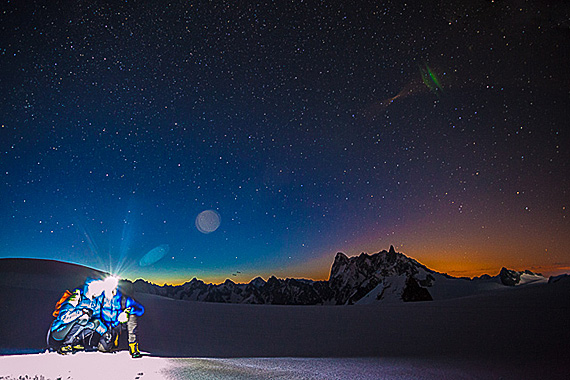Like most photography, long exposures are best learned by experimentation and trial and error. Still, it never hurts to have know some fundamentals if you are considering investing your time and resources into the art. Luckily, an experienced long exposure night photographer, Kamil Tamiola, has made a rather conclusive instructional video that answers some frequently asked questions. Take a look at the 20 minute video below, it’s full of help advice and tips:
Camera Settings:
- Firstly, it’s important to know the gear you are working with. Every camera model will handle long exposures differently, so familiarizing yourself with how it works will help you achieve sharper images.
- Use a lens with an aperture of f 2.8 or wider to allow maximum amounts of light in with shorter exposure times.
- Manually adjust the focus to infinity.
- Start with an ISO of 3200, take a test shot, and adjust the ISO as needed increasing or decreasing in increments of 100.
- Begin with an exposure time of 30 seconds and fine tune in increments of 5 seconds until you are happy with your exposure.

© Kamil Tamiola and Lumitoma
When To Shoot:
- Search the internet for a moon phase calendar for the area in which you wish to photograph. Choose a night on or around a new moon to eliminate any access light given off by the moon which will make it more difficult to properly expose the stars.
- Pay attention to the weather. Photographing in colder weather results in drier air, thus creating less chromatic abberation which is a good thing!

© Kamil Tamiola and Lumitoma
Shooting Tips:
- Use a tripod. Holding a camera perfectly still is more difficult than you might think. If it’s windy, be sure to weigh the tripod down to prevent it from moving during exposure. Even the slightest shift can create a blurry image.
- Turn of image stabilization and noise reduction if your camera offers you the option. These tools are helpful in certain situations; however, during low light they tend to disappoint.
- Switch on the mirror lock up feature if you camera has the setting.
- Set the self-timer to at least 2-seconds or trigger your shutter with a remote to eliminate camera shake.

© Kamil Tamiola and Lumitoma
One last tip, if you’re having difficulty properly exposing individual parts of the image because of uneven light levels, try moving a couple steps away from the light that is being over-exposed. The inversed square law will cause less light to reach your camera the further away you are.
“If you want to frame a shot with strong artificial light and still have beautifully exposed sky, don’t be afraid to experiment with the distance of your camera with respect of your subject.”
Like This Article?
Don't Miss The Next One!
Join over 100,000 photographers of all experience levels who receive our free photography tips and articles to stay current:






Thank you for the valuable tips. I would usually make the mistake of using a smaller ‘f’ number than the ‘f 2.8’ suggested here.